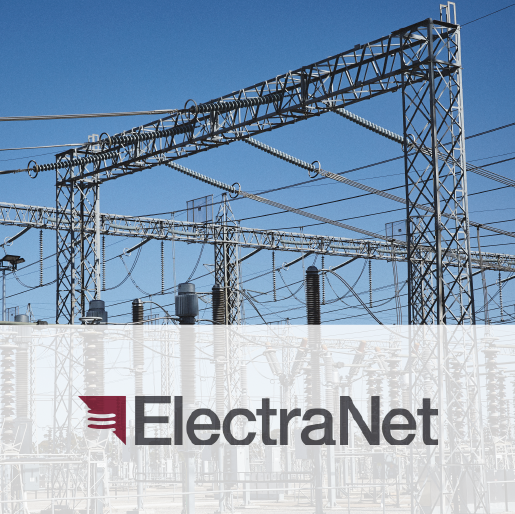
“We seem to work in an uncoordinated fashion with overlapping or conflicting roles and responsibilities, a lack of useful information, and poorly defined processes or frameworks to guide us.”

A realization that the Asset Management System as defined does not contain a sufficient level of detail and granularity to avoid duplication, inefficiency and re-work.

Clarity on how the organization operates, with defined frameworks, processes and handover points, useful information for decision-making and clear roles and responsibilities, including with the supply chain.


The Metropolitan Transportation Authority, (MTA) Enterprise Asset Management (EAM) Program was established to enable all levels of the organization to make more informed, transparent and data-driven capital and operating decisions through the use of EAM software and IT tools. AMCL was commissioned to support the development of an MTA enterprise operating model and business process framework.
To do this the MTA utilized AMCL’s AIBA model. The AIBA is based on Asset Management best practices and covers all aspects of an asset-intensive business to develop tailored Asset Management Operating Models for clients.
AMCL supported the MTA by using the AIBA to:

Following an Asset Management Maturity Assessment, AMCL has supported ElectraNet to develop a Level 2 Capability Model which aligns with the deliverables within the ElectraNet Maturity Roadmap.
The Capability Model provides the next level of business definition for ElectraNet. The model comprises the business capabilities the organization requires to deliver its services effectively. This ElectraNet Capability Model provides the structure and guidance to future ElectraNet initiatives including but not limited to:
The ElectraNet Capability Model will ensure business management leading practice is embedded by providing a blueprint of the enterprise, providing a common understanding of the organization and to be used to align strategic objectives with tactical demands.
AMCL’s approach involved extensive validation of supporting design elements, reference to global knowledge and good practice in Electrical utility asset/work/service management alongside engagement with ElectraNet teams and selected local staff.
ElectraNet utilized AMCL’s AIBA Utilities Model with AMCL staff providing a facilitation and review role.